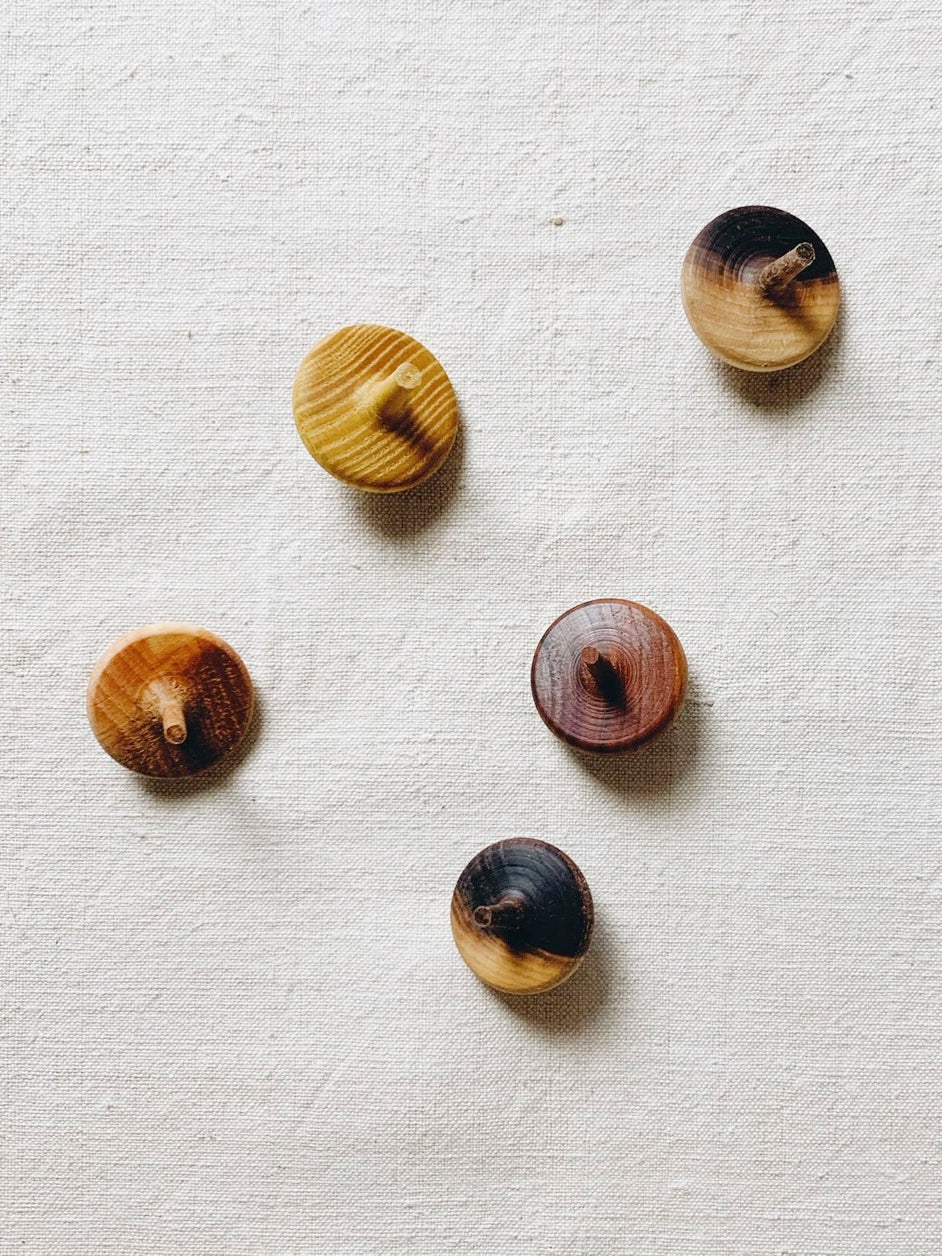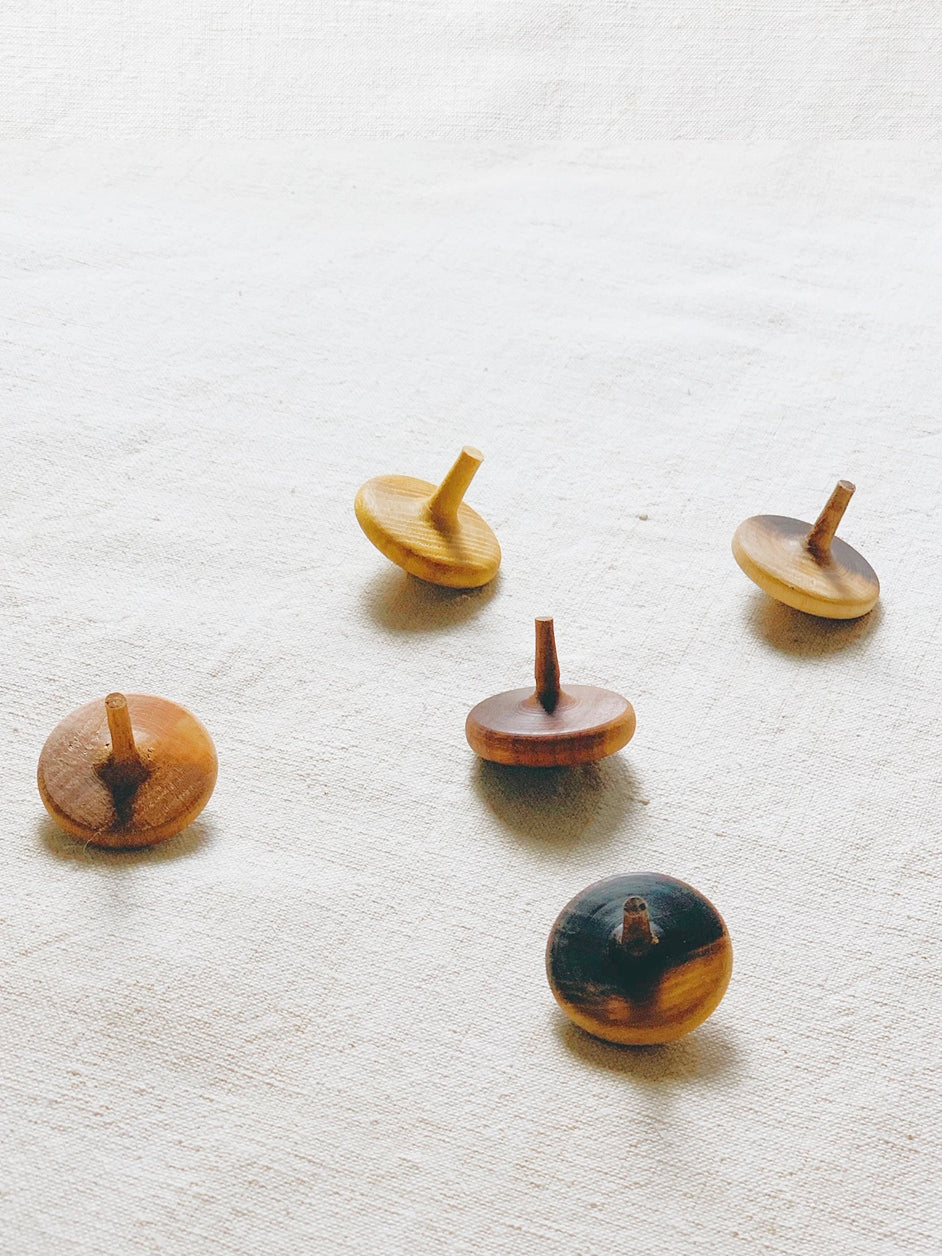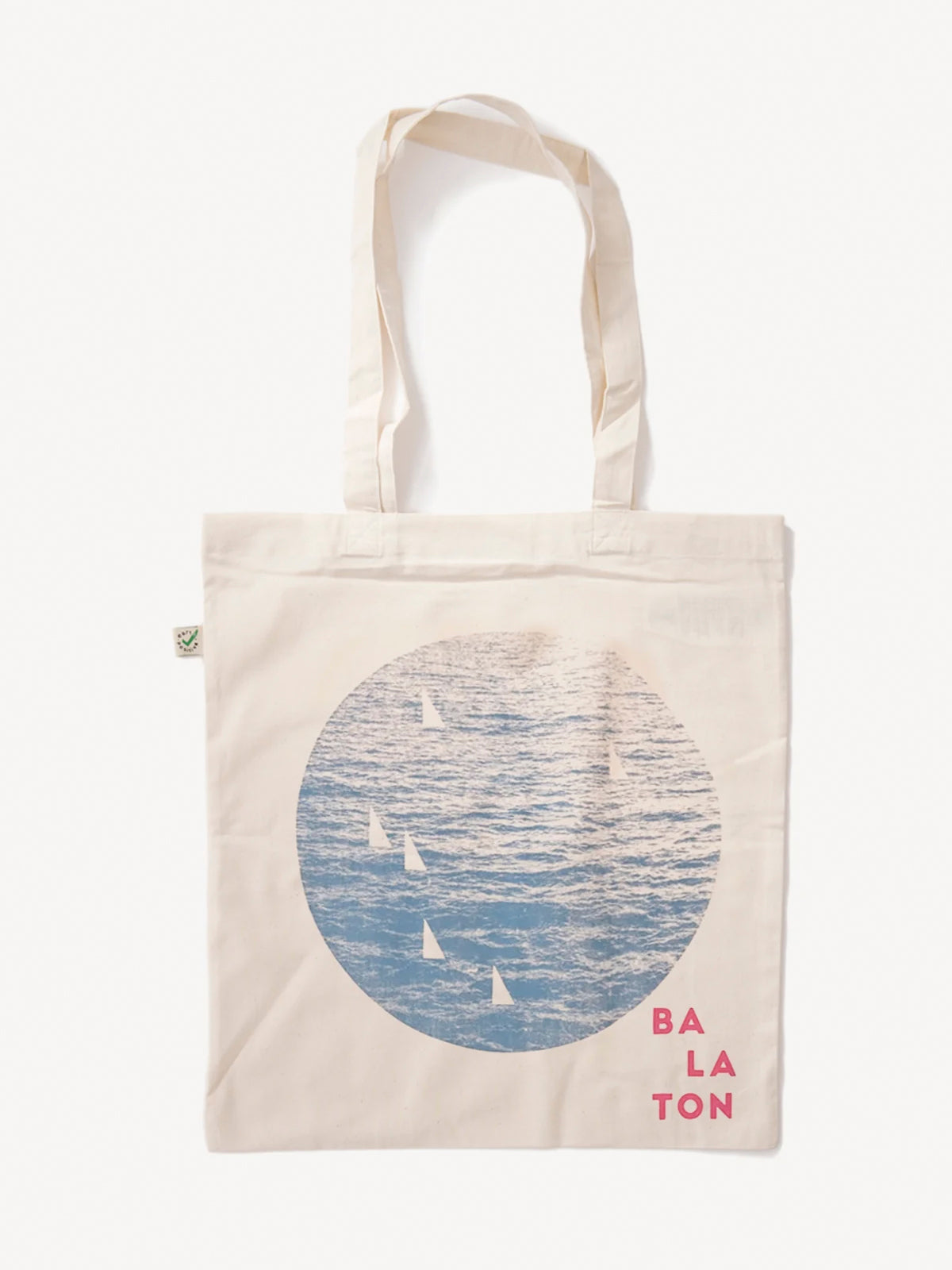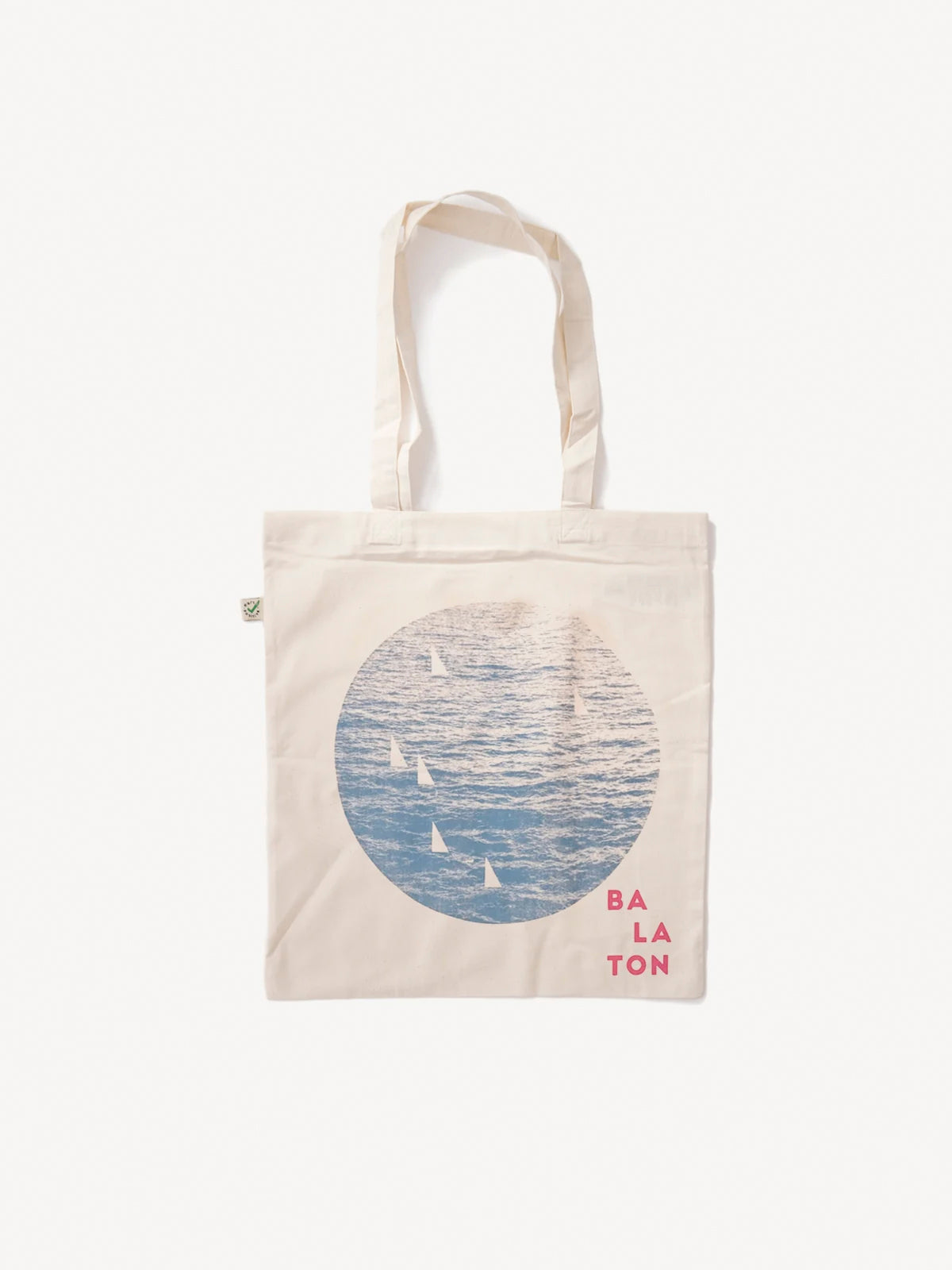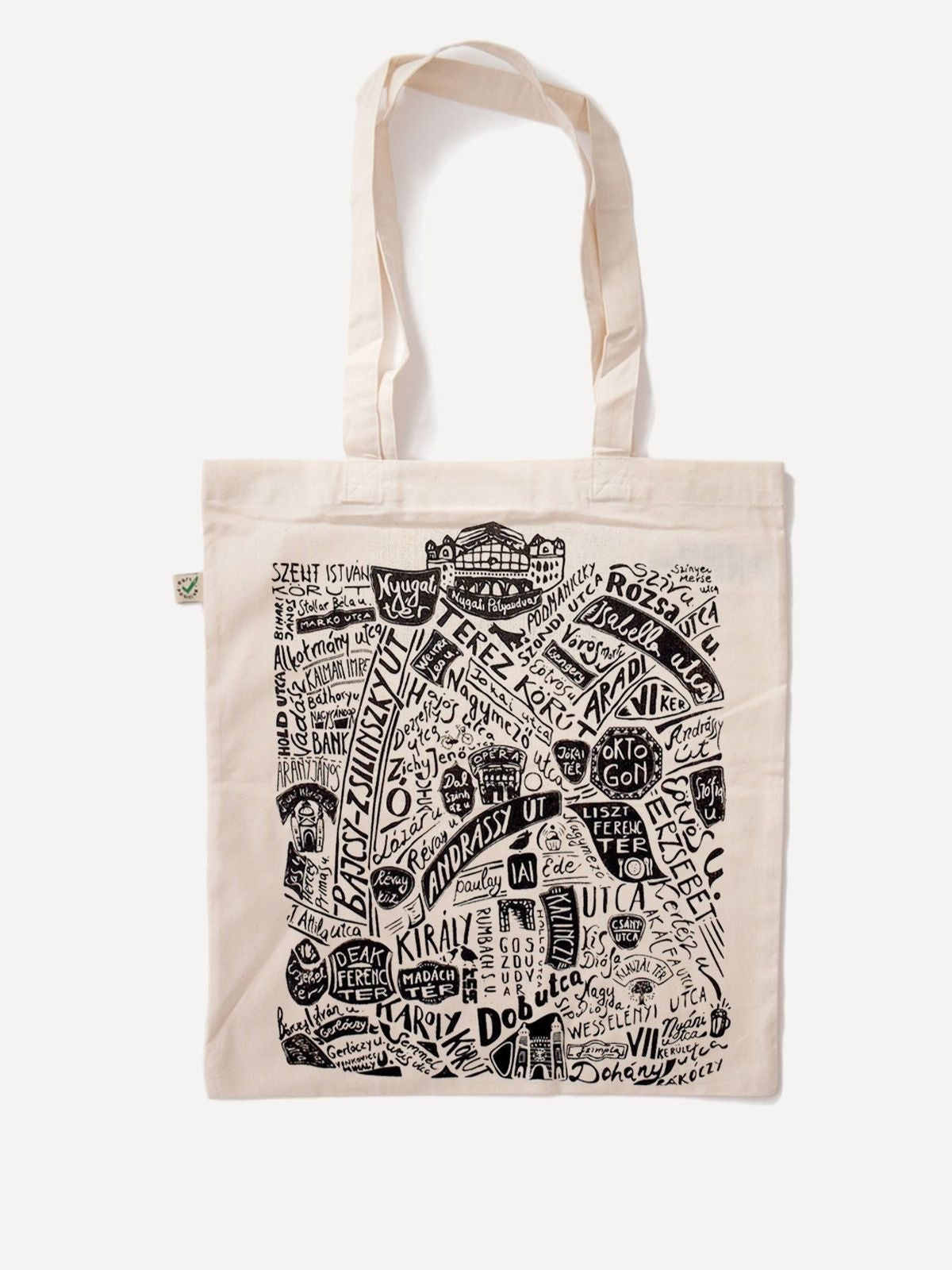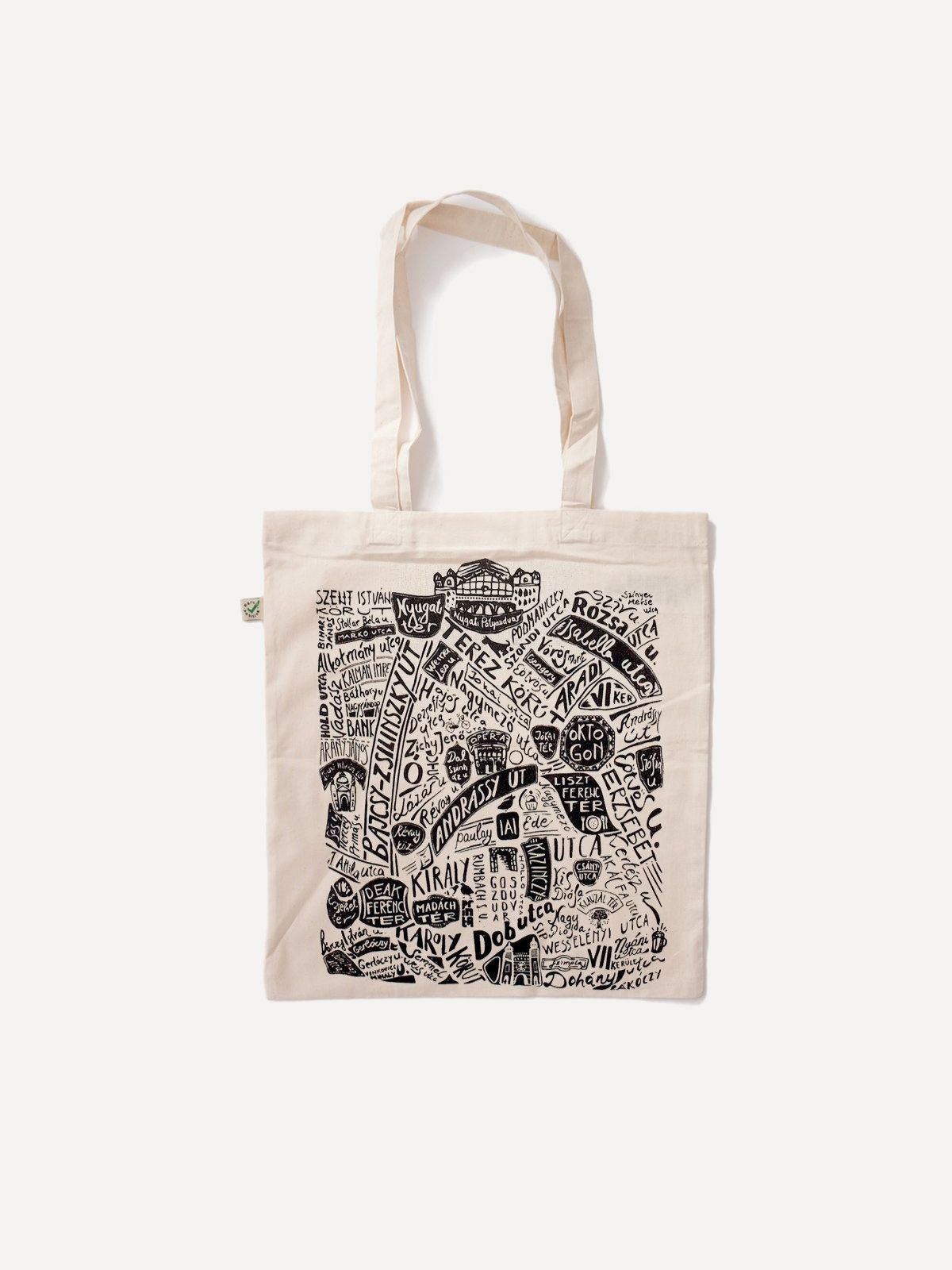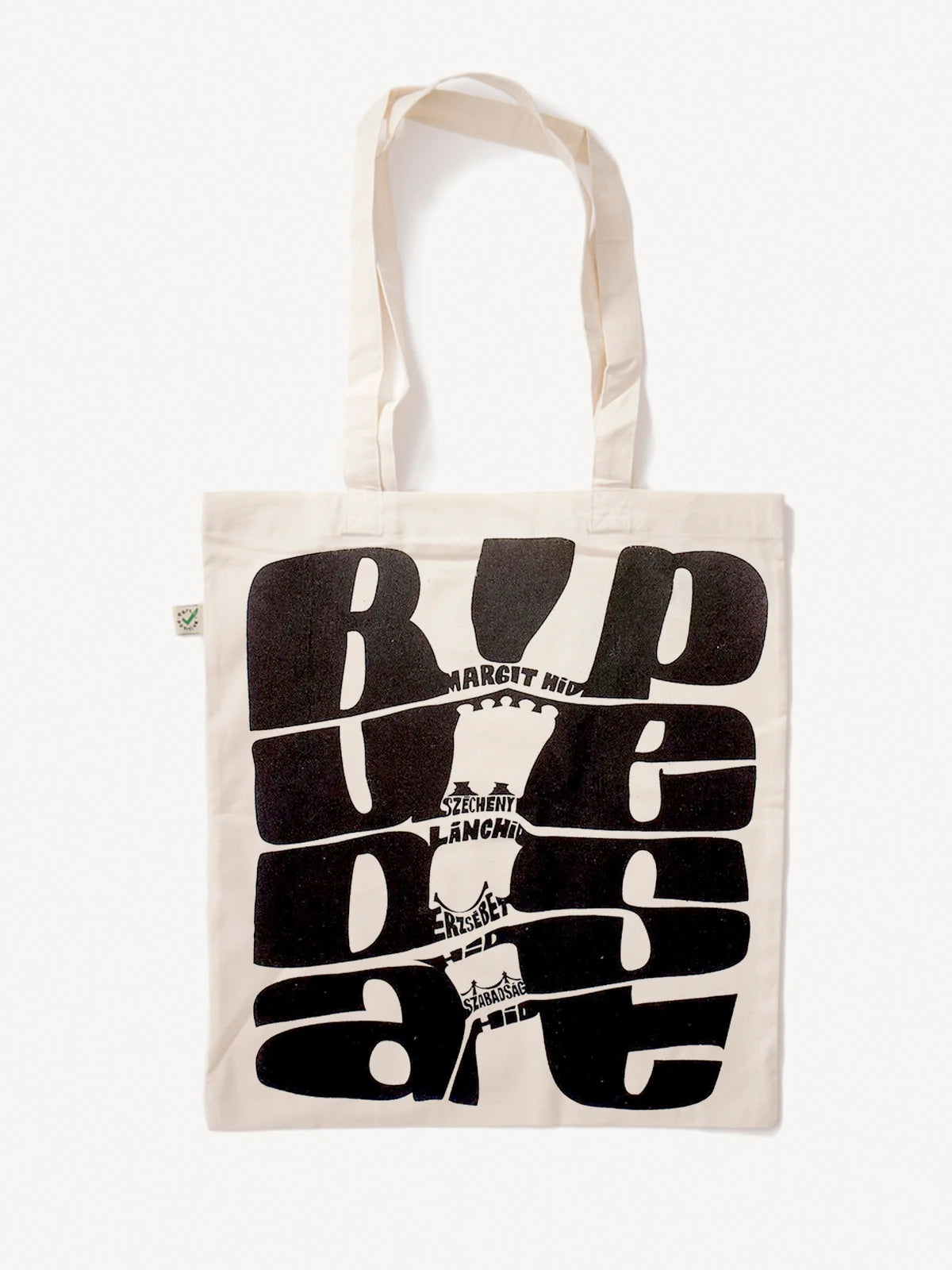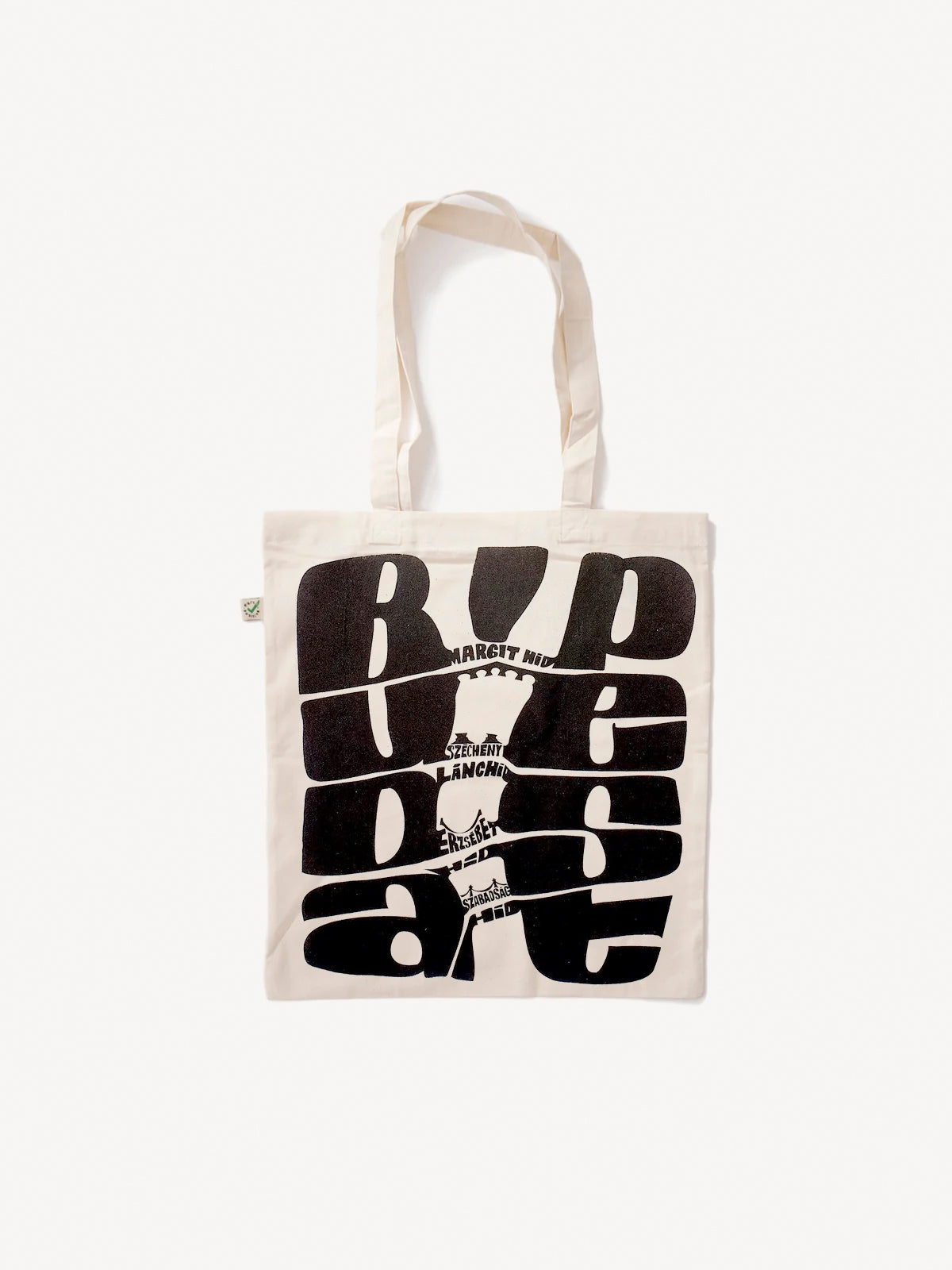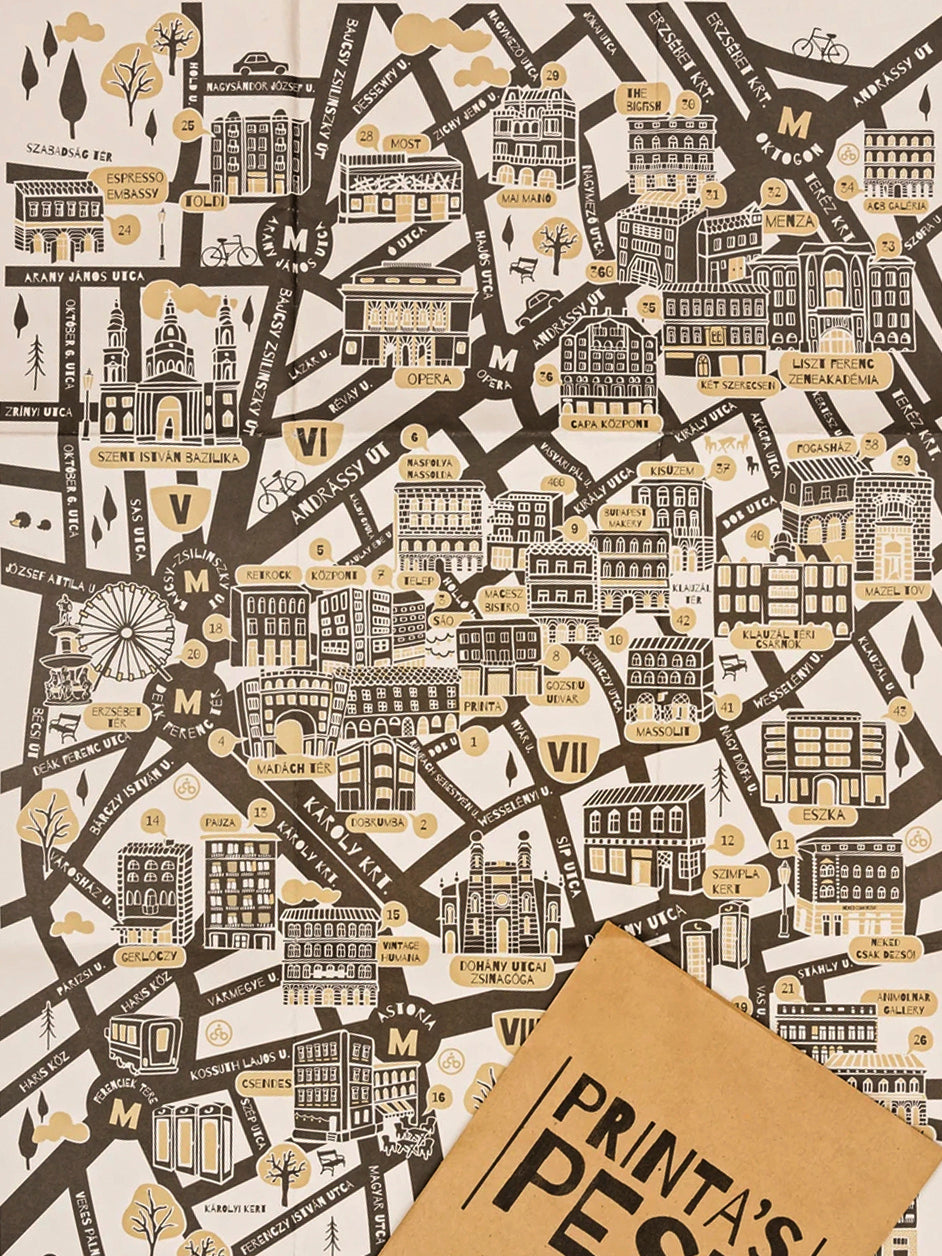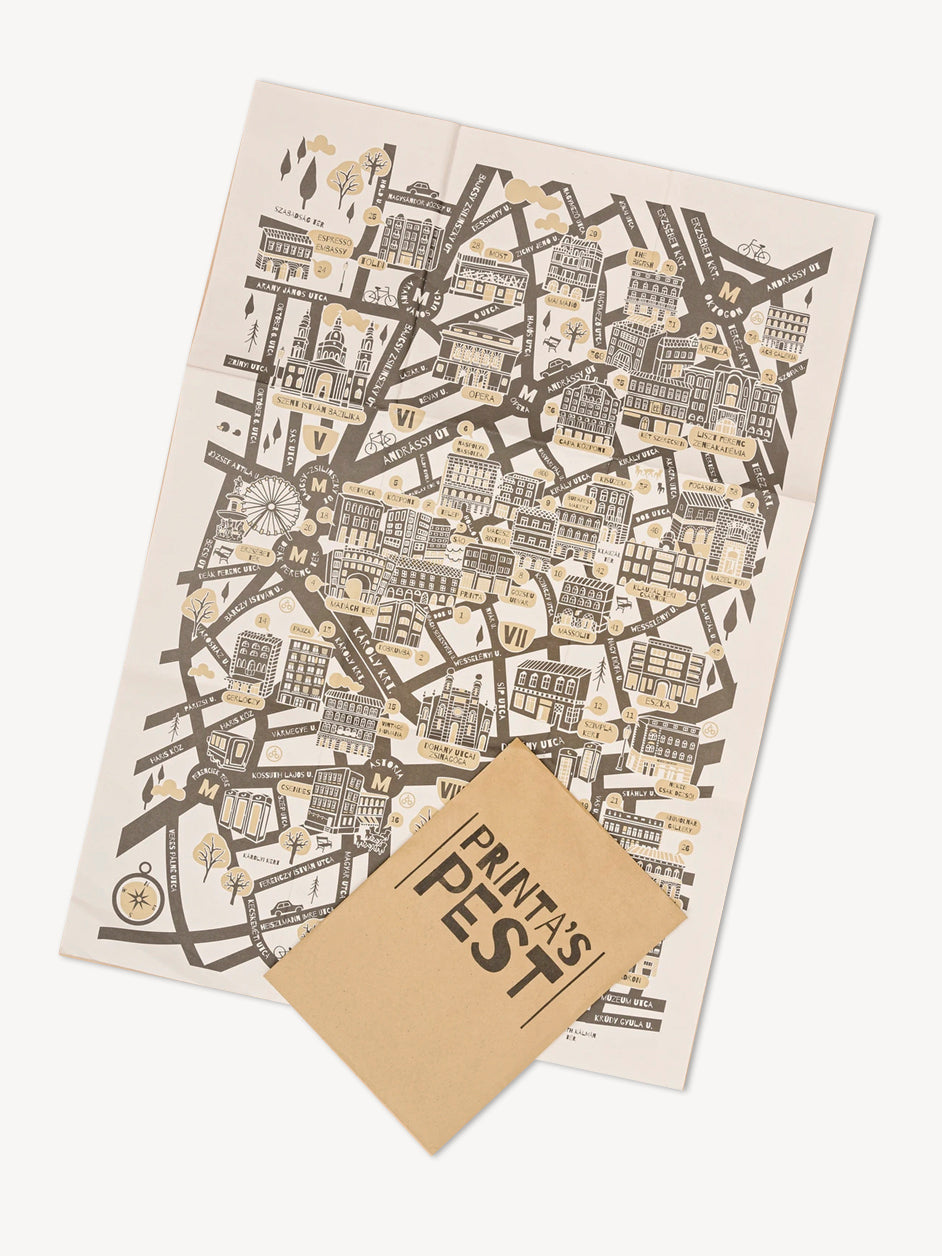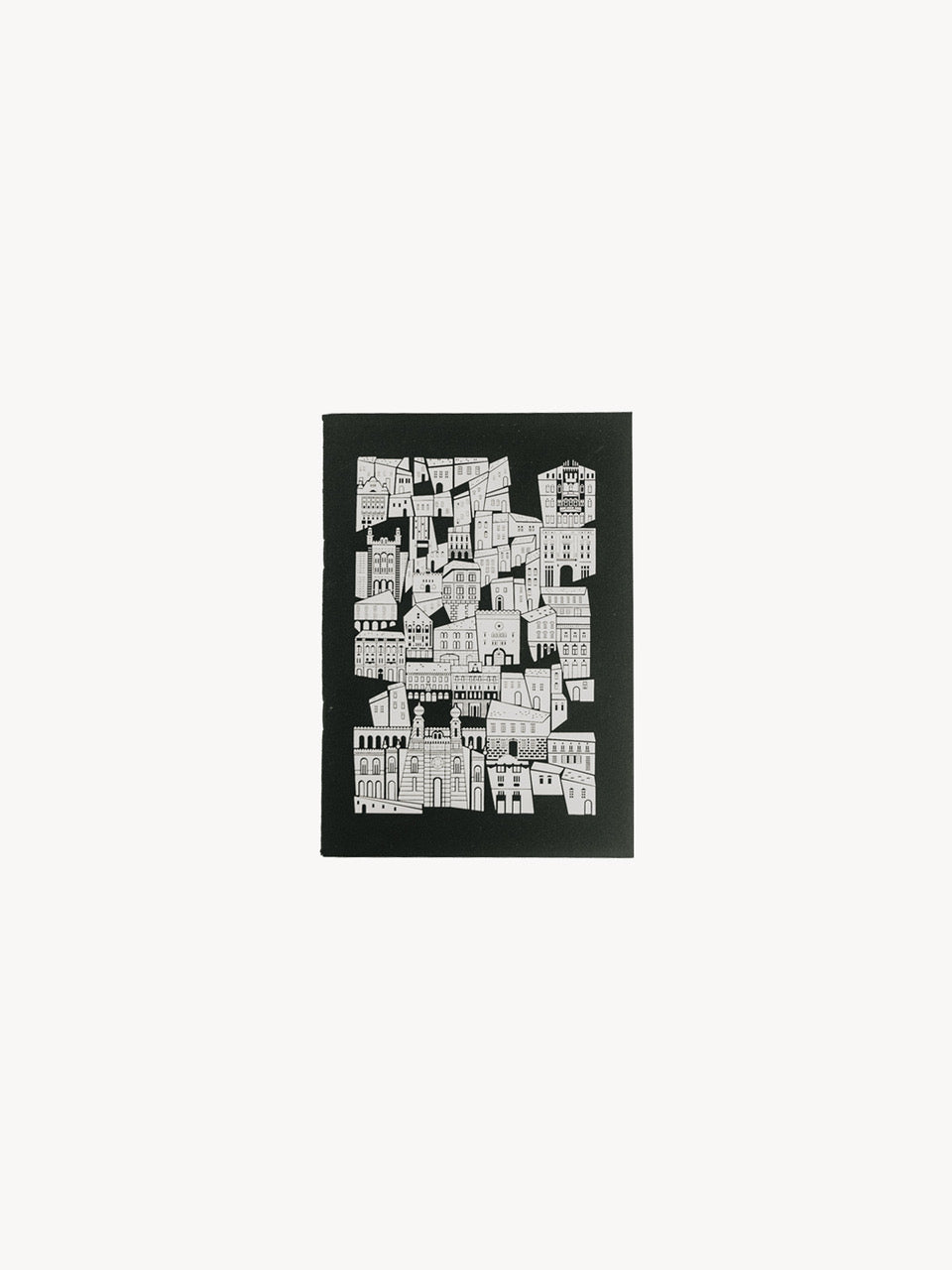In order for the unique prints we create to be placed on different textiles, we have been using water-based screen printing since the brand's launch, thereby reducing our ecological footprint. In a previous blog post, we already talked about screen printing and water-based paint in a nutshell, and this time we followed the history of the technique up to the present day.

Screen printing is one of the oldest forms of printing. This thousand-year-old technique was first used in the Far East, China and Japan. The sieve was initially made from human hair, later from silk thread, to which a template cut out of rice paper was glued. This is how the form was created, which was mostly printed on a textile substrate, i.e. it was used to make dyed textiles.

The technique appeared in Western Europe at the end of the 18th century, but its spread was conditional on eastern silk becoming more accessible in trade. Its presence in the textile industry only really arose in the 19th century, and from then on it was called film printing. Primarily, the Lyon silk industry used the film printing process, i.e. screen printing, for printing and decorating silk.
At the beginning of the 20th century, the distinction between commercial and fine art serigraphy became legitimate. In the early 1910s, a number of printers experimented with photoreactive chemicals, but eventually the trio of Roy Beck, Charles Peter, and Edward Owens revolutionized the commercial screen printing industry by introducing photoreactive stencils. During these times, serigraphy also assumed the status of art. In the 1930s, a group of artists experimented with the technique in the United States when they began making fine art silkscreens. After the Second World War, Lutpold Domberger offered his printing studio in Stuttgart to artists associated with the Op-art movement, whose delicately executed serigraphs were of particular interest to collectors and collections.

The rotatable, multicolored cloth screen printing machine is associated with the name of American entrepreneur, artist and inventor Michael Vasilantone, who patented his invention in 1969. Originally, the machine was manufactured to print logos and team information on bowling clothing, but at that time printed T-shirts became popular, and eventually it was used to make them. The patent was licensed by several manufacturers, so the production and boom of printed T-shirts made this garment screen printing machine really popular. In fact, screen printing on textiles is estimated to account for more than half of screen printing activity in the United States today. However, with modern equipment, the technique is suitable for coloring not only textiles, but also glass and ceramics, and screen printing is also excellent for printing on canvas. The explosion of screen printing in fine art can also be linked to the 1960s and the Pop-art movement. Andy Warhol, Arthur Okamura, Robert Rauschenberg, Roy Lichtenstein, Harry Gottlieb and many other famous artists used screen printing in their work, and they almost definitively legitimized the place of serigraphy in fine art.

As history reflects, screen printing implies constant experimentation and the creative use of an ancient technique, and this is also characteristic of the Printa studio. Be it clothes or graphics; the production process is creative, innovative, playful and demonstrates the close relationship between design and production.
Author: Anna Lídia Pallós
